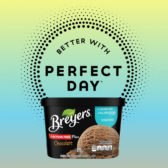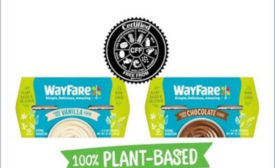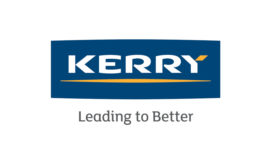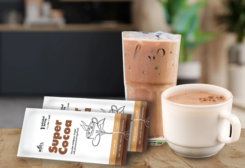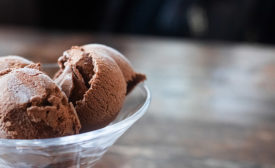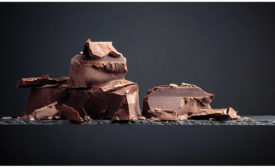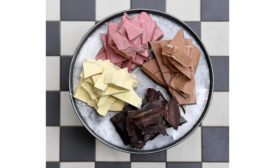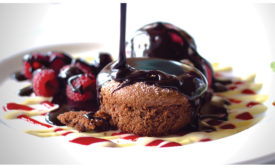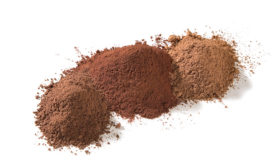Home » Keywords: » chocolate
Items Tagged with 'chocolate'
ARTICLES
Frozen dessert brand first to use Perfect Day’s whey protein from fermentation.
Read More
WayFare Foods brings dairy-free puddings to Albertsons nationwide
Vegan puddings Certified Free From the top 9 allergens, great for school lunchboxes.
August 24, 2023
Unilver extends Barry Callebaut Group pact
Barry Callebaut will continue supporting Unilever in achieving its sustainability goals.
June 14, 2023
Kerry to sell Sweet Ingredients Portfolio to IRCA
The Sweet Ingredients Portfolio is a manufacturer of sweet and cereal products with a broad range of technological capabilities.
January 11, 2023
RDCL Superfoods unveils vegan chocolate milk powder that kids will love
Vitamin-packed, no sugar added Super Cocoa gives ordinary drinks new “superpowers.”
August 25, 2022
Tempt them with chocolate-containing dairy offerings
When it comes to the use of chocolate and cocoa, dairy processors will want to consider current consumer trends and sustainability concerns.
September 23, 2021
Chocolate sheds its ‘guilty pleasure’ reputation
Chocolate suppliers offer guilt-free indulgence, thanks to healthier formulations and sustainable sourcing.
October 12, 2020
FDA grants Barry Callebaut a Temporary Marketing Permit for ruby chocolate
It will allow the supplier to market ruby as a fourth type of chocolate.
November 25, 2019
Environmental, social issues threaten chocolate and cocoa
Sustainability efforts are critical to ensuring a future for cocoa and chocolate
October 14, 2019
Dispelling some misperceptions about chocolate and cocoa in dairy
We blast some misperceptions about chocolate and cocoa in dairy
October 16, 2018
EVENTS
Get our new eMagazine delivered to your inbox every month.
Stay in the know on the latest dairy industry trends.
SUBSCRIBE TODAYCopyright ©2024. All Rights Reserved BNP Media.
Design, CMS, Hosting & Web Development :: ePublishing
